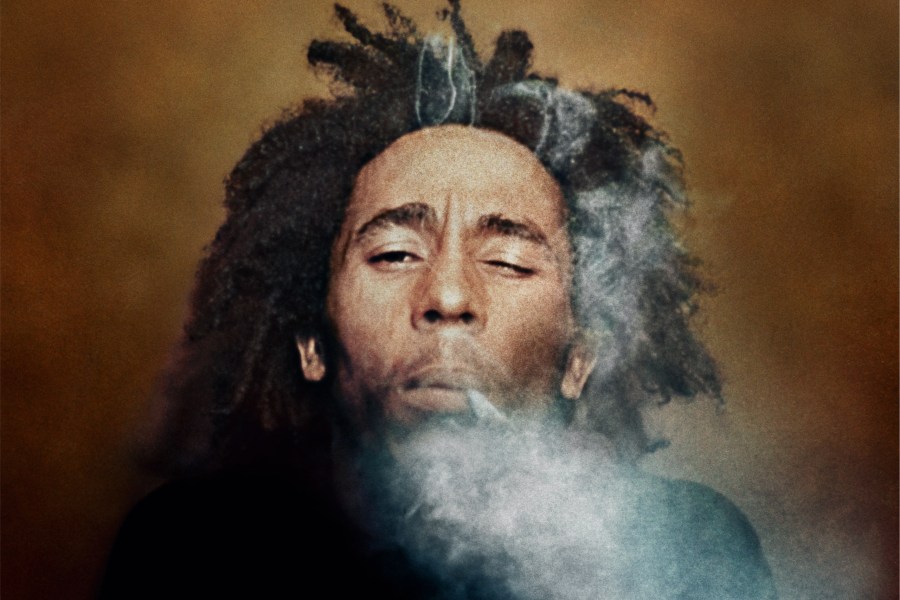It was perhaps destiny that a young, gifted, Black photographer from Jamaica would spring to fame with his iconic images of reggae legend Bob Marley. Dennis Morris was born on the Caribbean island in 1960, but moved to London with his family when he was six. His love of photography was sparked early when darkroom entrepreneur Donald Paterson set up a camera club for choirboys at Morris’s local church in Hackney.
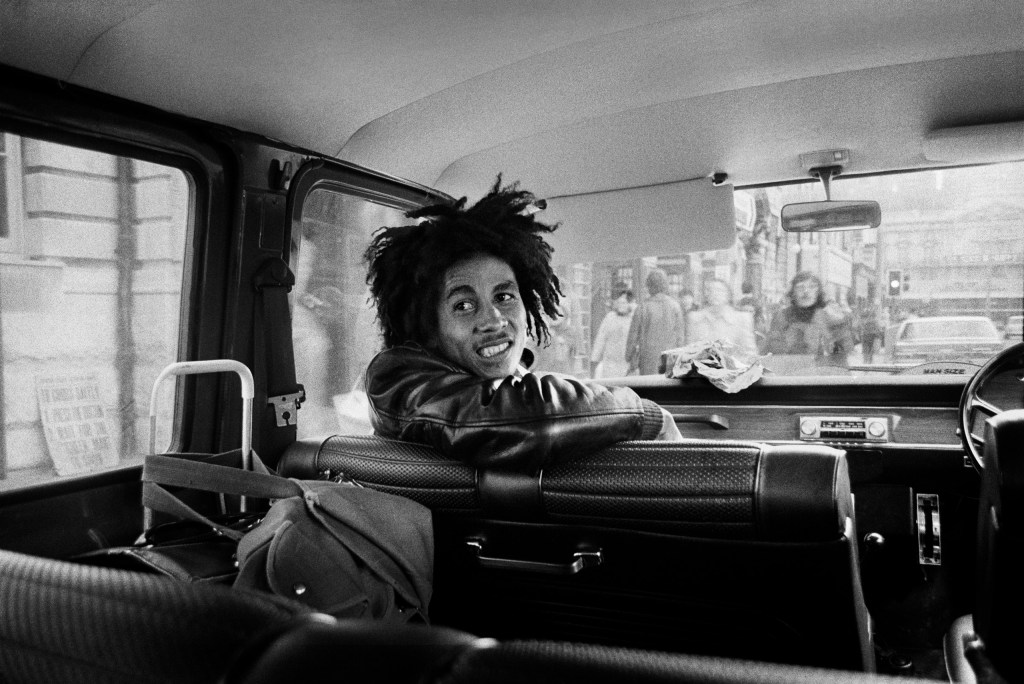
Morris recalls, ‘At the age of nine, I first saw the magic of photography. One of the older boys was printing in the darkroom. He took the paper, put it into a dish, rocked the dish and this image appeared. I thought “Wow! Magic.” From that moment on I knew this was going to be my life.’ Paterson recognised his enthusiasm, took him to galleries and museums, and lent him a Leica M3 that would help launch a remarkable career.
Early Breakthroughs
Talent showed quickly. Morris won a school photo competition with a seaside shot taken on a Kodak Brownie and, aged just 11, had a picture of a London protest printed on the front page of the Daily Mirror. He devoured photography magazines and books, discovering trailblazers such as Gordon Parks. ‘That was a big breakthrough to see another Black photographer out there,’ he says. A school careers master told him there was ‘no such thing as a black photographer,’ but Morris countered with names like Parks and James Van Der Zee.
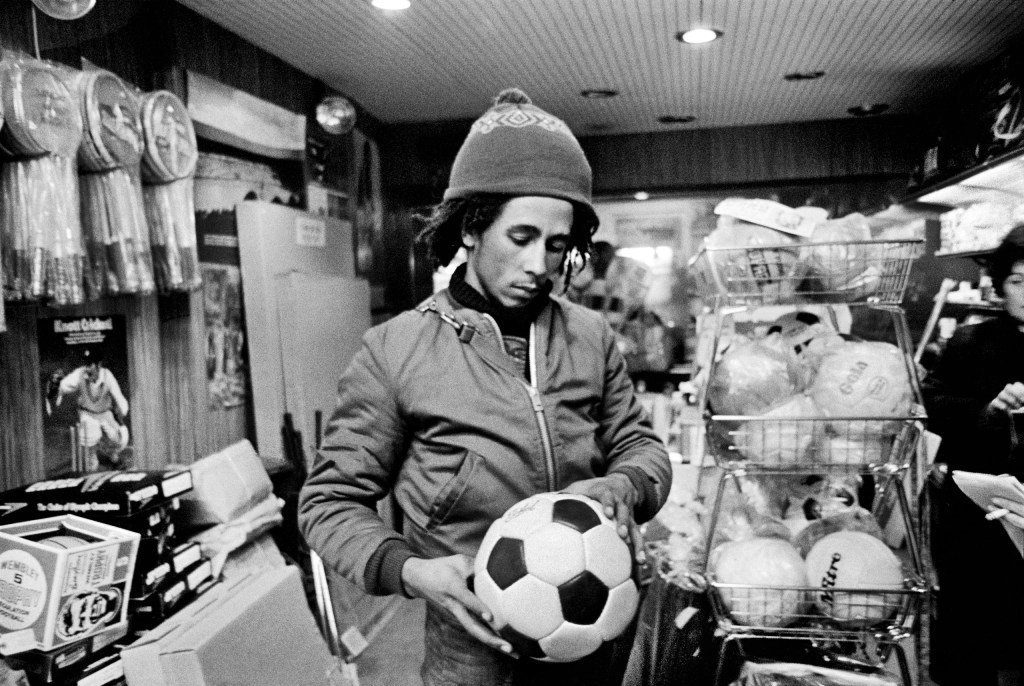
Music was Morris’s other obsession. In 1973, aged 14, he skipped school after reading that Bob Marley and the Wailers were playing their first UK tour. ‘I decided not to go to school on the day of the first date and went to the Speak Easy Club in the West End. I got there about 10 o’clock, but I didn’t know that bands don’t do soundchecks at 10 o’clock in the morning! Around 3 or 4 o’clock [in the afternoon] Bob Marley turned up. I walked up to him and said, “can I take your picture?” He said, “yeah, man, come in”. It all started from there.’
Meeting Marley
He adds, ‘The next morning I packed a bag as if I was going to do sports at school and went to the [band’s] hotel. There’s a very famous picture of him [Marley] in the tour van turning back saying to me “you ready, Dennis?” I said, “yeah”… click and there is one of my most iconic images. The fact that I had a camera was like… you want it, let’s do it. It was as simple as that.’ That camera was a Leica M3 which Dennis Morris’s mentor, Donald Paterson, had lent him. ‘All those tour images were taken on a Leica M3… a beautiful camera. The focusing on the rangefinder was very difficult, but I’d mastered it. All my great work and favourite shots were taken on an M3.’
The tour ended prematurely when band members Peter Tosh and Bunny Wailer interpreted English snow as a sign from Rastafarian God Jah to return to Jamaica. But Morris had forged a lasting bond with Marley, photographing him until shortly before the musician’s death in 1981.
He recalls, ‘The band came back a couple of years later [in 1975] and played The Lyceum. Bob had remembered me and gave me a photo pass. I ended up getting the cover of NME, Melody Maker etcetera.’
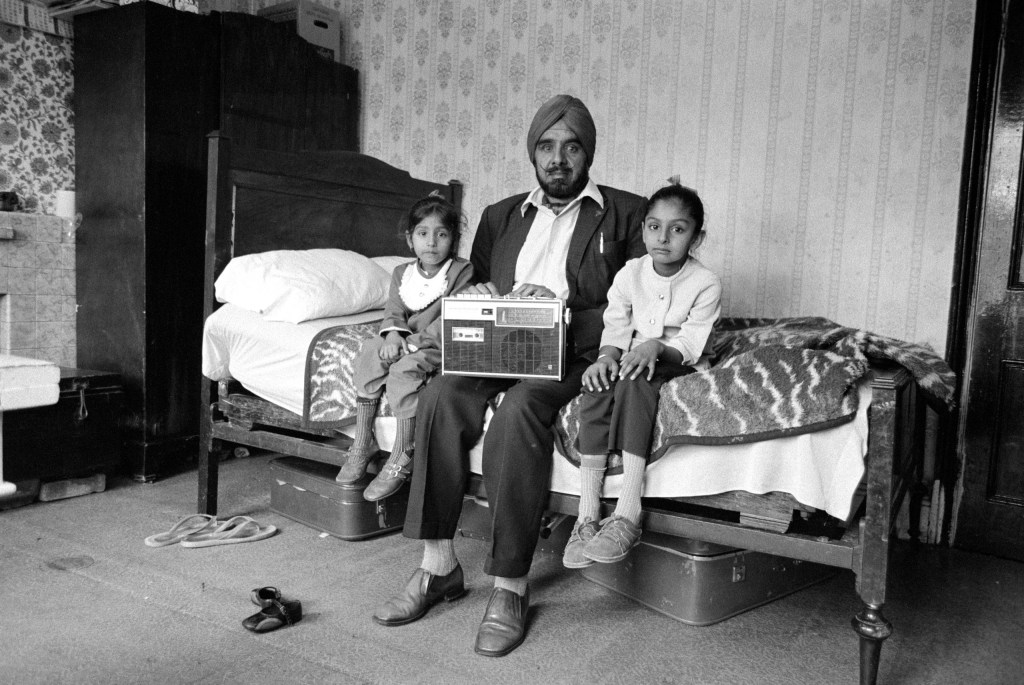
London Life
Morris cites photojournalists Don McCullin and Robert Capa as key influences and explains, ‘I was really honing my craft by taking images of my surroundings as well. I was taking shots of my neighbourhood in Hackney – living conditions, the whole shebang. Then I discovered another area [of London], Southall, where I did the same thing. I went and photographed all of the cultural side of their lives – weddings, temples, housing… you name it.’
This potent mix of music imagery and social reportage underpins his latest book and exhibition, Music + Life, showing at The Photographers’ Gallery, London, until 28 September 2025.
The show gathers nearly 400 images spanning reggae artists, the Sex Pistols, Oasis, PiL, Marianne Faithfull and more, alongside three major documentary series: Growing Up Black, Southall: Home From Home and This Happy Breed, a study of white working-class East London.
Curated by Simon Baker, director of the Maison Européenne de la Photographie in Paris, the exhibition first ran there to huge acclaim. Editing decades of work was a very hard process. The show stops around the ’90s. Unlike Morris who has stayed prolific.
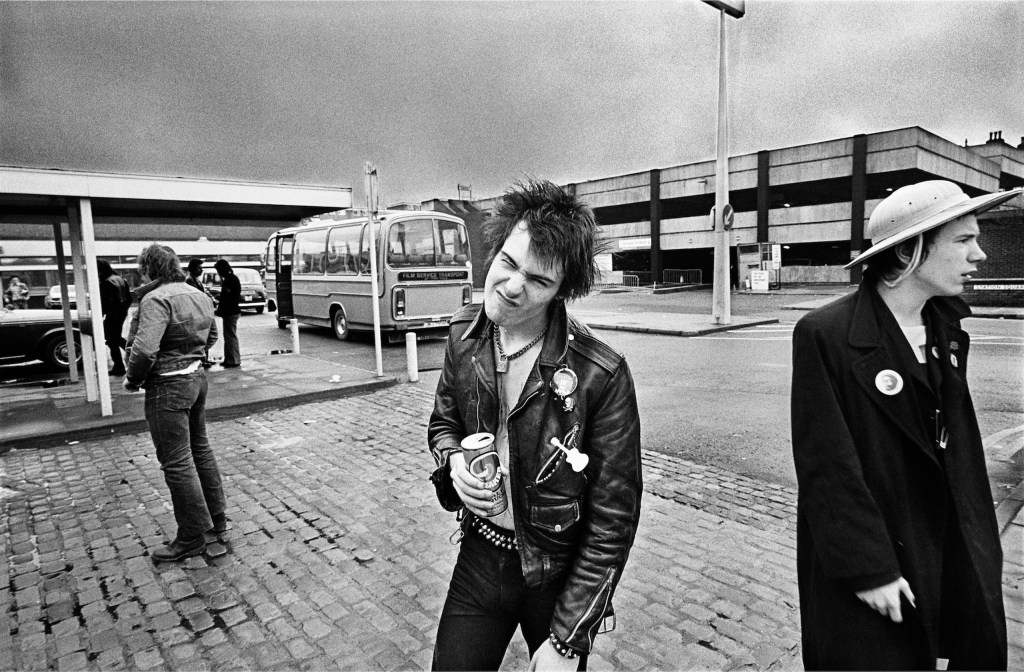
Creative Process
Five decades on, Morris approaches photography much as he did as a teenager. ‘I’m a people’s person,’ he says. ‘Even if I’m working in a studio, my approach is in a very reportage way. If I was an actor, you’d call me as “method actor” because that’s how I work.’
Although he values patience, he knows when a session is done. ‘You’re looking for that one shot and, when you have that shot, you know it – that’s what I’m always looking for.’
Embracing Digital
Having mastered the Leica M3 and darkroom craft, Morris now fully embraces digital photography while maintaining a film shooter’s discipline. ‘I shoot as if I’m shooting film, I don’t stop and look at the back of my camera because, by doing that, you break the momentum and flow. I keep going.’
However, there is one major benefit of the digital age for Morris. ‘With all my negatives, and my scanning of the negatives, I’ve learnt that you can get so much more out of a negative. That is wonderful because I’m getting more out of my negs now than I was before that whole digital advancement.’
Looking Back
When asked about what he is most proud of from his career, Morris reflects, ‘When I look back to what my school careers master said to me, to break down all those barriers is the greatest achievement. I never went into photography to make money, I found a vehicle and something that made me feel alive. I went into it for pure love. If you go into it for love, and you perfect your craft, the money side will come. I’m in it for the long haul. I’ve been in this business a long time. I’m still here and people are still excited by my images.’
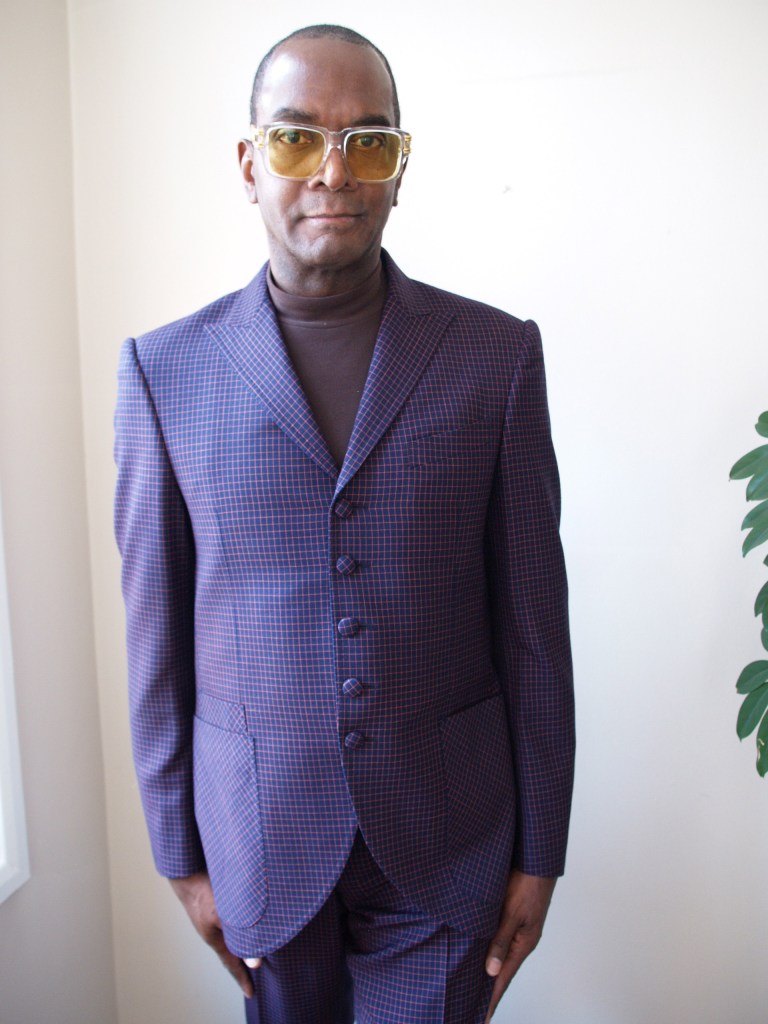
Dennis Morris: Music + Life is published by Thames & Hudson (£40).
The accompanying exhibition runs at The Photographers’ Gallery, London until 28 September 2025.
www.dennismorris.com | www.thephotographersgallery.org.uk

